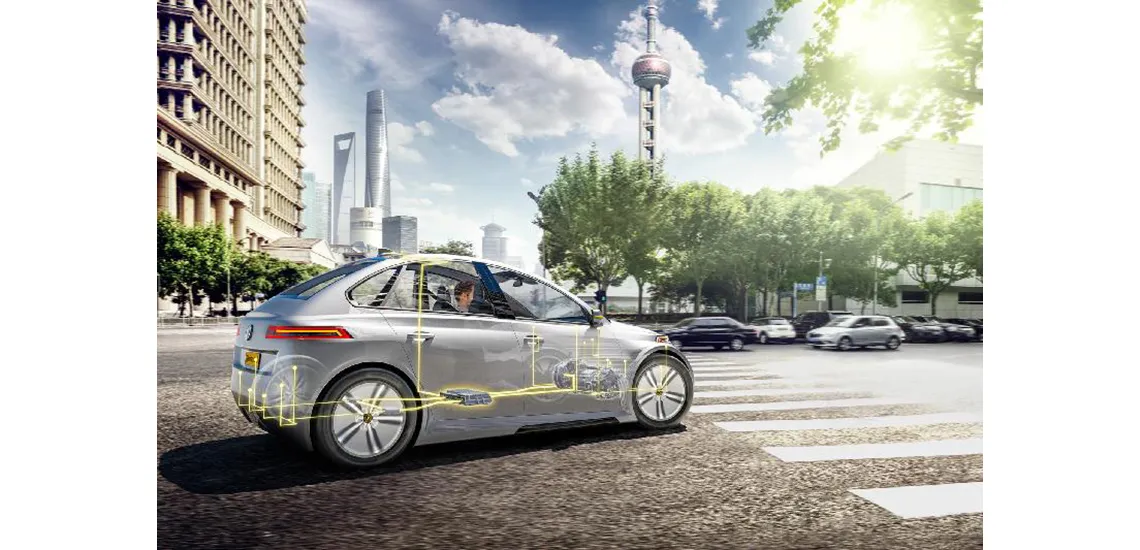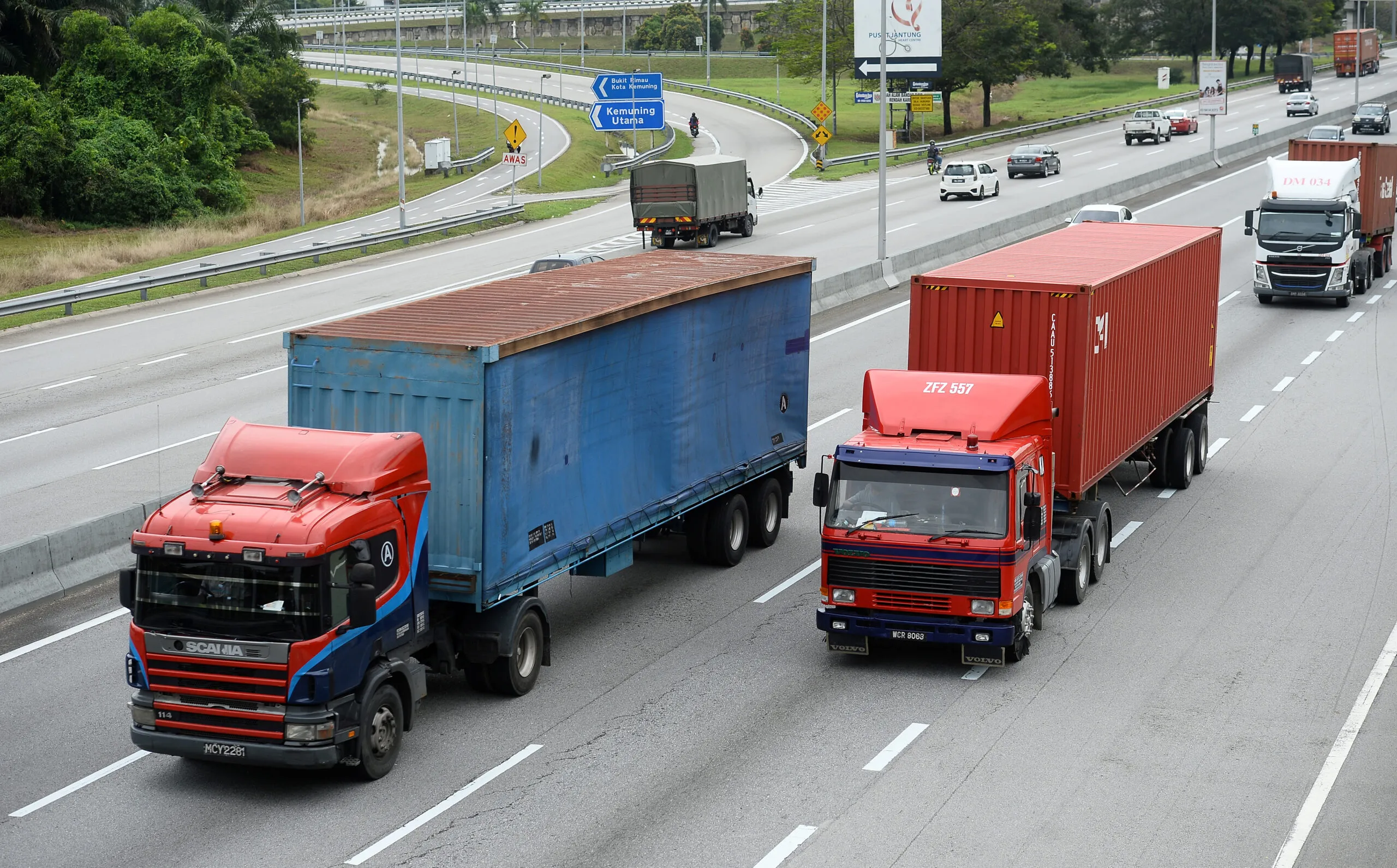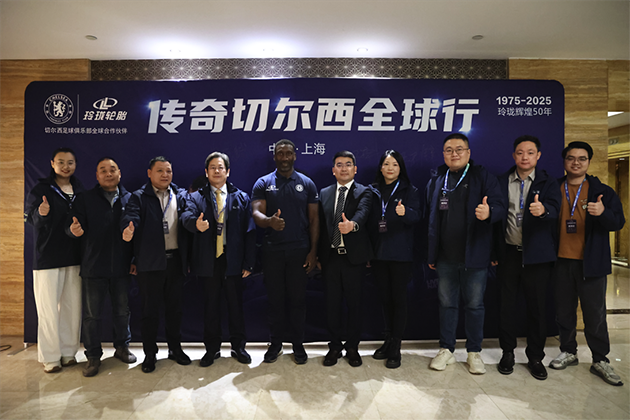Continental to pioneer on the road towards software-defined vehicles and received first series order for an in‑vehicle high-performance computer (HPC).
High Performance Computer from Continental
The solution will first launch in the manufacturer’s electric vehicle platform in 2023 and is planned to be subsequently rolled-out in five electric, hybrid and combustion engine carlines in China. Besides being Continental’s first HPC for a Chinese vehicle manufacturer, this project also marks an important step towards cross-domain high-performance computers in server-based architectures. Integrating functions and features from the body and vehicle control domain, the HPC will, for example, manage data communication and over-the-air updates, as well as torque and thermal management. For this, Continental is not only providing the HPC hardware, but also the basic software, integration services and architecture design to its customer.
The solution for the chinese vehicle manufacturer is based on the second-generation platform of Continental’s Body HPC platform, but additionally integrates a vehicle control unit. With this, the HPC comprises a set of features and functions spanning over traditionally separated domains. It carries out body functions such as access, door and window control along with the tasks of a gateway with data and over-the-air update management and diagnosis.
Additionally, the HPC also integrates vehicle control functions such as thermal and torque management for electric vehicles and a fuel consumption algorithm based on machine learning and edge computing for the combustion engine models. By bringing these different domains together, a core element for the solution is a safety application framework which complies with high‑functional safety standards in a real-time computing environment, as well as the adherence to strict cyber security requirements. With the server-based architecture and a separation of hardware and software, Continental also enables the vehicle manufacturer to provide new functions, updates and upgrades of the software via over-the-air services to the owners once the vehicles are in the field.







